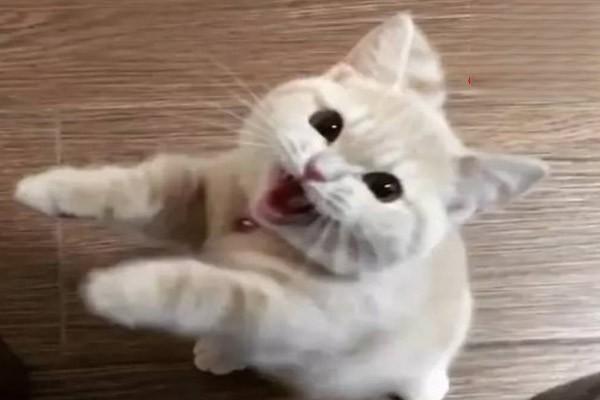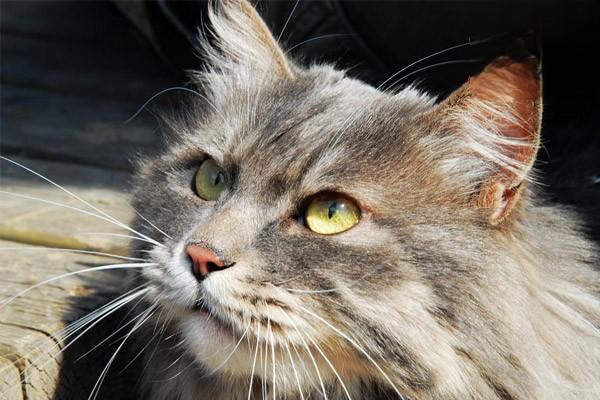
The cause of this disease is currently unknown. Through local tissue smears and pathological tissue section examinations, in addition to finding Gram-positive bacteria, after isolation and culture, Proteus, Staphylococcus aureus and Streptococcus hemolyticus are also seen. Some scholars believe that it is a kind of autoimmune reaction. Cats have a "file"-like tongue body and are very flexible. They often rub their upper lips, which may be an important factor in inducing this disease. In the initial stage, a depression occurs in the middle of the upper lip. The lesion is small and smooth. Gradually, the affected lip becomes thick, ruddy and moist. The erosive surface gradually expands along the upper lip until it infiltrates the surrounding tissues of the lip. Severe lesions can develop to the entire lip, with the gums exposed, salivation and difficulty in eating. Lesions may also appear in other parts of the body, such as the limbs and perineum.

Recommendations from Dr. Pet Oxygen:
If it is a simple stomatitis or oral ulcer in dogs and cats, the following drugs can be used:
- Compound vitamin tablets (Pu'an Te), supplement vitamin E and vitamin B, regulate the body's immunity, enhance the resistance of the oral mucosa, orally, 2 times a day, and take it continuously for 1-2 weeks.
- Lekounin (Pu'an Te), used for analgesic and anti-inflammatory in the oral cavity of sick dogs and cats, relieve swelling and bad breath symptoms, and help repair the oral mucosa. Use it 1-2 times a day, 3-5 sprays each time, and use it continuously for 3-5 days.
- Metronidazole tablets can efficiently sterilize and inhibit bacteria, relieve bad breath, salivation, and oral pain symptoms. For internal use: single dose, for dogs, 25 mg per 1 kg of body weight.
- Antitec IGY supplements immunoglobulin, enhances immunity, increases appetite, and improves the antiviral ability of dogs and cats. Once a day, 1 bottle each time for 5 consecutive days.
- In case of ineffective medication, go to a pet hospital in time for treatment to determine whether it is caused by a tumor to avoid lesions affecting other parts of the body.
Treatment plan for feline eosinophilic granuloma:
Treatment plan for eosinophilic granuloma in dogs and cats:
- 1% gentian violet, for local anti-inflammatory and astringent effects. Apply topically 2 to 3 times a day.
- Vitamin E, for immune regulation. 50-100 milligrams per animal, twice a day, orally.
- Dexamethasone, 1-2 milligrams/kilogram, once a day, intramuscular injection.
- 5% silver nitrate, for disinfecting and corrosive agent on ulcer surface. Use 1-2 times externally.
- Erythromycin ointment or neomycin ointment. Apply topically.
- Penicillin, 20,000 units/kilogram, 2-3 times a day, intramuscular injection or intravenous drip.
- Kanamycin, 5-15 milligrams/kilogram, 2-3 times a day, intramuscular injection.
 +86-15501882496
+86-15501882496 +86-15501882496
+86-15501882496
 Contact us:ejucms1@qq.com
Contact us:ejucms1@qq.com Add:920-1002 East Jiefang Road,Wuxi,Jiangsu,China
Add:920-1002 East Jiefang Road,Wuxi,Jiangsu,China